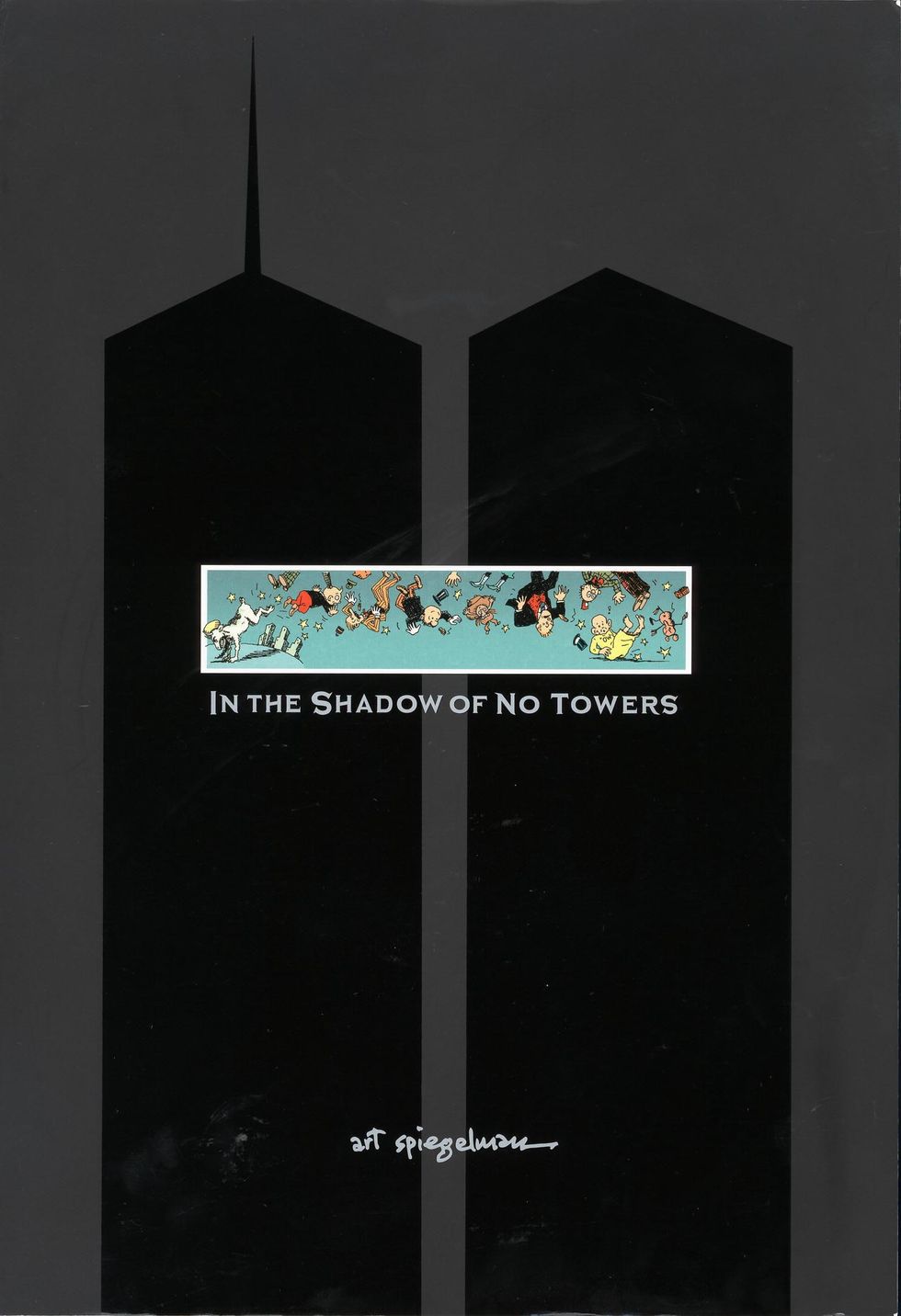CARTOON NETWORKING
Pulitzer Prize winner Art Spiegelman on why comics are the gateway to literacy
As a Pulitzer Prize winner for his seminal graphic novel Maus: A Survivor’s Tale, there is no one more qualified than Art Spiegelman to discuss why comic books matter.
In Dallas February 27 for his “What the %@&*! Happened to Comics?” lecture for Arts & Letters Live at the Dallas Museum of Art, Spiegelman plans to take attendees on a “very sketchy chronological history” of the genre, revealing that words plus pictures are actually a gateway to literacy.
“Comics echo the way we learn to speak with the gestures and the acting out,” he says. “Comics dig deeper into the brain than either prose or just images, and they echo how the brain processes information. In cognitive science, when they use comics in textbooks, students can retain not only as much, but they can remember full quotations and the specific language they were reading.”
“Comics dig deeper into the brain than either prose or just images, and they echo how the brain processes information,” Spiegelman says.
Prior to the publication of Maus in 1992, the “funny pages” coexisted with the underground comix movement, but comic books as a legitimate art form was still a foreign concept to many adult readers.
Maus and its sequel, Maus II — both based on the incredible story of his parents survival of the Nazi regime — helped bring the term “graphic novel” into the pop culture forefront, paving the way for the likes of Chris Ware (Jimmy Corrigan) and Marjane Satrapi (Persepolis).
“Certainly Maus was a watershed moment when it came out and somebody said, ‘God it’s about the holocaust, but it’s mice!’ It baffled everybody, but it put down the marker that comics as a medium is coming in for a landing. I got there early on, when it was an understandable field. I could know everything, even about things I didn’t like. Now it’s overwhelming.”
Although Spiegelman says there’s the “same percentage of dross as in TV and the romance novel” in the comic universe, he feels we are in a breakthrough moment for the genre, similar to rock and roll in the ’60s and 1970s cinema. Not only do local libraries offer complete editions of classics like Peanuts, Pogo and Dick Tracy, but “paradigm-shifting works” such as Ware’s Building Stories, a New York Times “Top 10 Book of the Year,” continue to push the boundaries of comics as a storytelling medium.
Having revisited his most iconic subject in 2011’s MetaMouse, Spiegelman is currently being honored with a traveling retrospective that has visited Paris, Cologne and Vancouver before moving on to New York’s Jewish Museum later this year.
“The show opened on my 65th birthday, and I felt like I wasn’t going to leave town without someone giving me a gold watch,” he jokes. “Maus is something I’m proud to have done and will always carry with me — with a 500-pound mouse chasing me as fast as I can go.”
---
“What the %@&*! Happened to Comics?” takes place February 27, 7:30 pm, in the Horchow Auditorium at the Dallas Museum of Art. Call 214-922-1818 for tickets.





